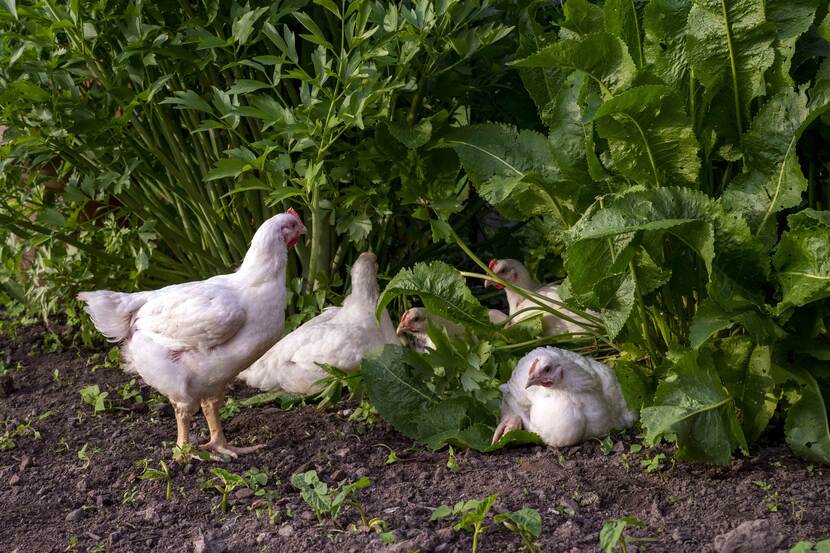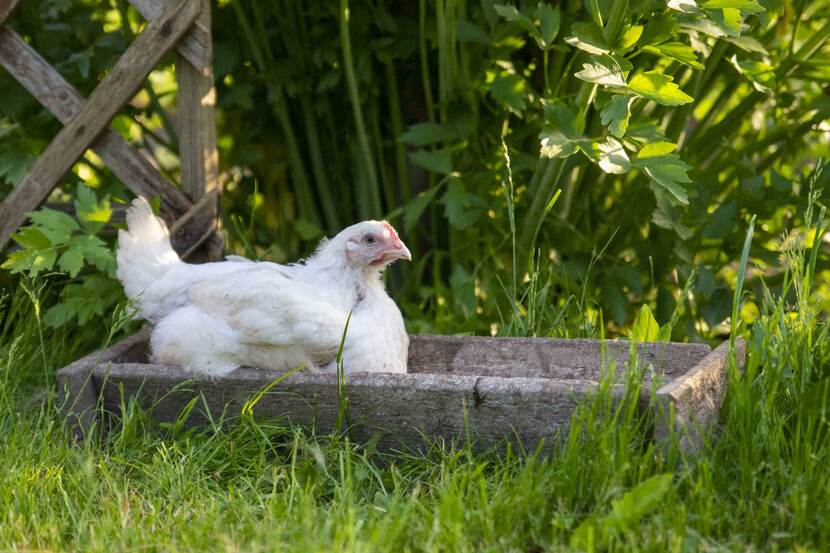Polish poultry sector in difficulties
Purchase prices of chickens for fattening have reached the lowest levels in recent days, and the export of meat, of which is too much in Poland, brings losses to many poultry enterprises stated the Polish National Chamber of Poultry and Feed Producers.

The prices are lower on average by about 33 % in comparison to last year. Although the bad situation of Polish poultry is related to the COVID-19 epidemic, the fact is that industry itself contributed to this bad situation. After the first COVID-19 outbreak in March 2020, whereas most European countries reduced poultry production, Poland increased its poultry production. According to the Eurostat data, in the first eight months of 2020, industrial poultry slaughter in Poland amounted to 1.761 thousand tons, which means an increase by 3.43 % compared to the same period last year.
The head of the Chamber explained that the bad situation of poultry farmers in Poland is due to payment gridlocks and progressing market dysfunction. Meat and slaughter plants do not want to buy livestock from producers, breeders do not want to buy chicks from hatcheries, and hatcheries do not want to collect eggs from suppliers. The side links in the poultry chain, such as suppliers of feed and feed and veterinary additives, also suffer.
According to the poultry market analysts there are still other challenges ahead of the poultry industry in Poland. The first challenge relates to Brexit. Great Britain is the second largest recipient of poultry meat. In the total value of Polish poultry exports, Great Britain accounts for approx. 13%, and in the total value of foreign exports of Polish eggs - nearly 4%. Polish sales of meat and eggs may drop significantly due to greater competition on the British market. The second challenge relates to the prohibition of the use of GMO raw materials in feed production in Poland, which has been functioning for years (however always with short term period exemptions to use GMO raw materials in feeding animals), which creates uncertainty in the legal environment, posing a significant risk in building long-term development strategies for the agricultural sector.

A few days ago, the Polish parliament amended the National Feed Act, extending the deadline for the entry into force of the ban on the use of genetically modified feeds for the fifth time. This time the ban was postponed by two years until January 1, 2023. Imported GMO soybean meal is commonly used in poultry mixes.
WAR-LNV- KK 25 Nov 2020